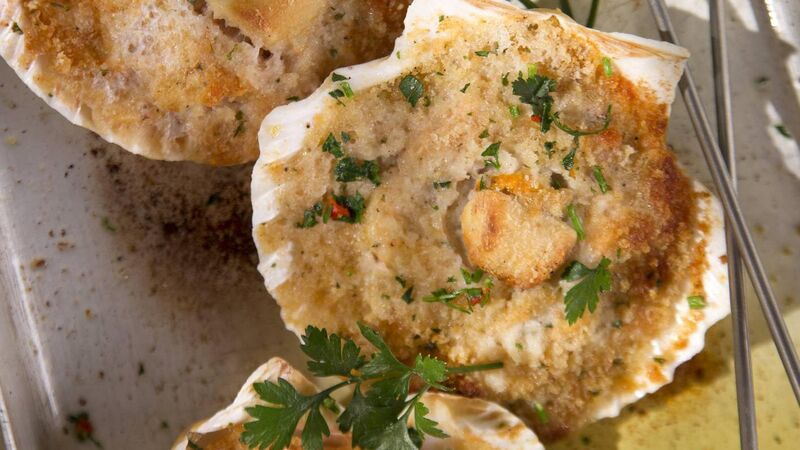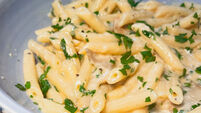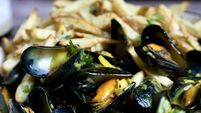Darina Allen: Comfort recipes to ease you into the new year

Darina's fresh fish with buttered crumbs
Don’t we all need comfort food to ease us gently into the New Year?
I’ve been longing for a bubbly cauliflower cheese or a creamy mac and cheese, flecked and golden on top with crispy bits around the edge of the dish.






